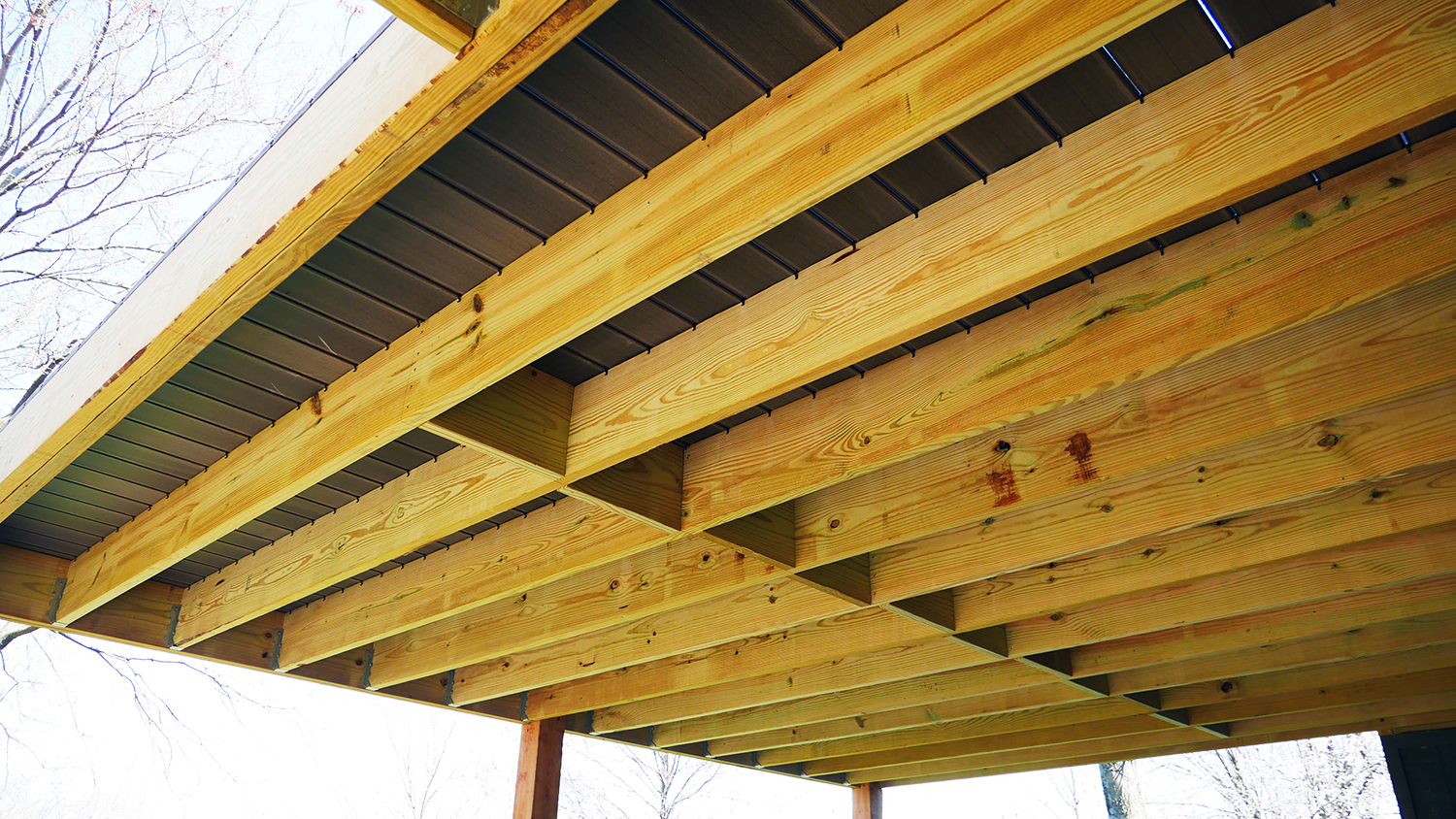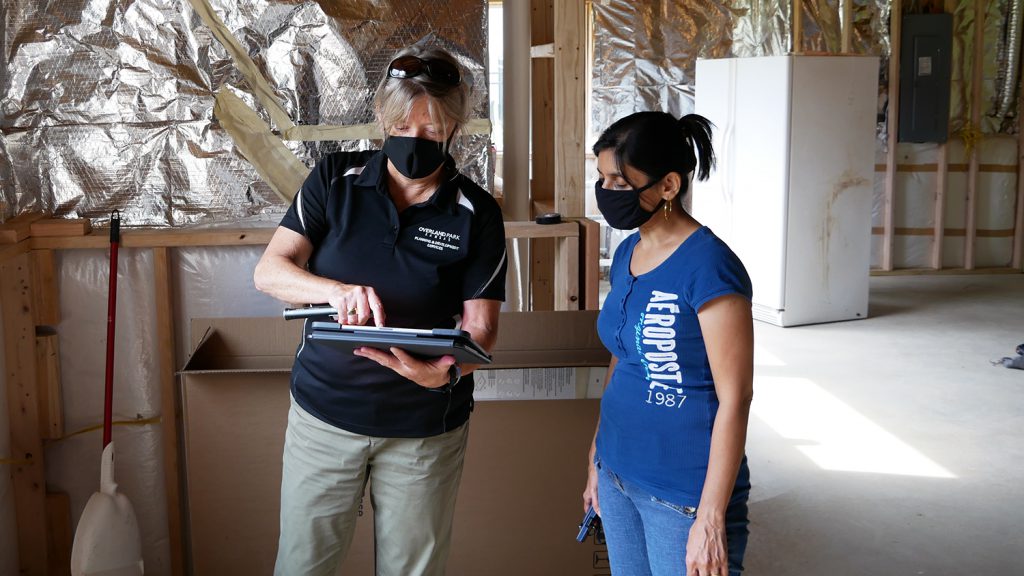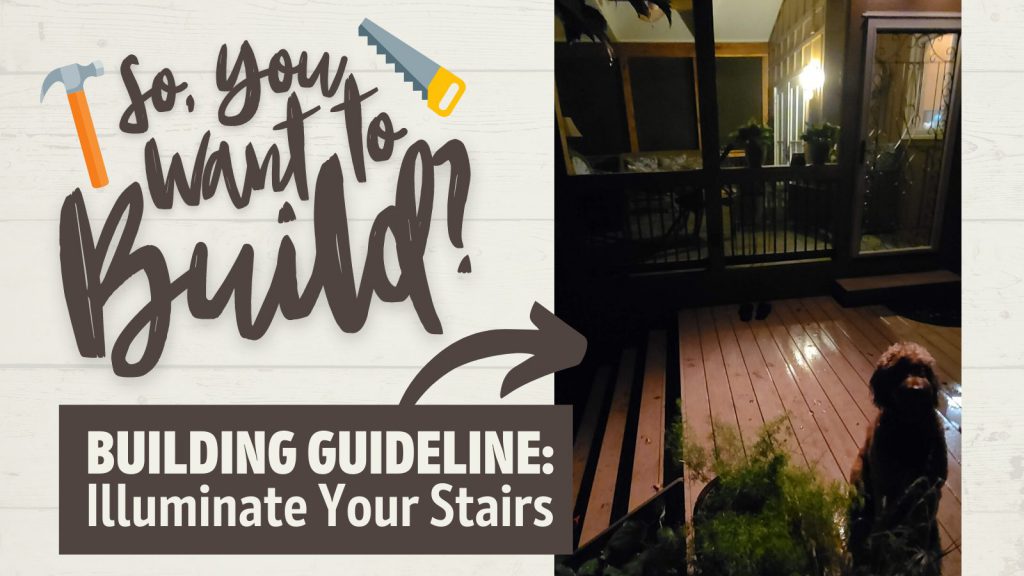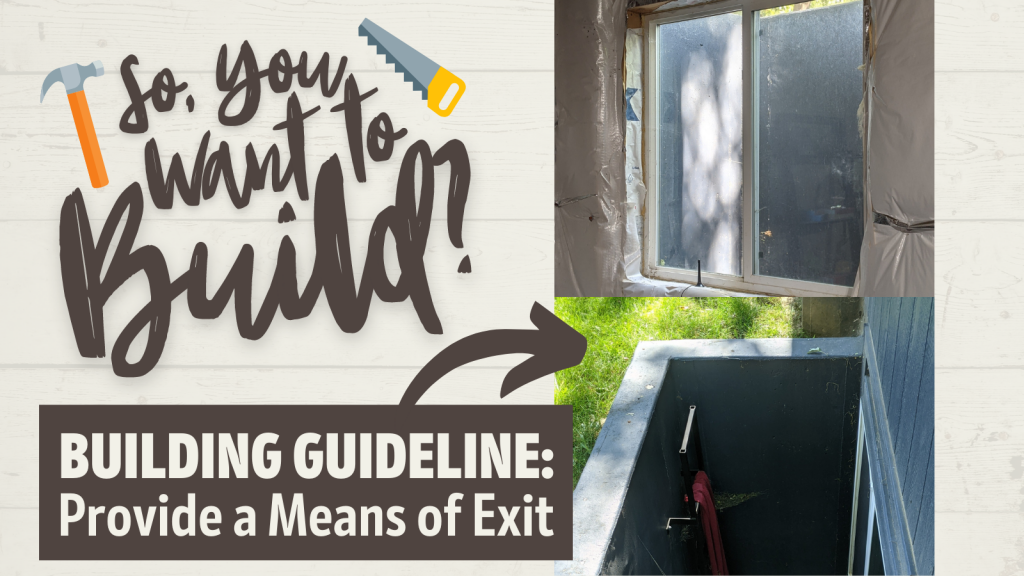
Decks. Fences. Basement finishes. These are some of the most popular home improvement projects homeowners undertake to upgrade their homes. They’re popular this time of year, with the sun shining and homeowners looking to add that finishing touch to their investment.
Whether you want to do it yourself or hire a contractor, home improvement projects are extensive efforts. Not only do they involve lots of planning and building, but many projects also require permits and have specific City code requirements you must follow. As you get started, consider these building and permitting guidelines.
Guidelines for Constructing a Residential Deck
Decks are a great way to bring indoor activities into the fresh outdoor air — from dining to reading to socializing. Before you begin construction on your deck, make sure you get a permit, if one is required (they’re a key safety measure). A permit is required if your deck will be:
- attached to the house
- larger than 200 square feet
- higher than 30 inches above grade
As you plan your deck, make sure you’re following City code requirements. Your deck must be at least 25 feet from your rear property line and built of decay-resistant or pressure-treated lumber. In addition, exterior lighting is required to illuminate any steps, and an exterior power outlet is also required.
Inspections are a required part of the process too — both during and after construction. Like with your permit, you can schedule your inspections through ePlace.
Learn more about deck construction guidelines and more in the video below.
Find more guidelines for residential decks to make sure your project is up to code.
Guidelines for Constructing a Residential Fence
Fences equal privacy and security, especially if you have kids or pets that play in the backyard. If you’re looking to build or fix up a fence, keep in mind that a building permit is required for:
- New fences more than 16 feet long and four feet high
- Extensions of existing fences
- Replacement of a fence with a change to the size or materials, or more than 50 percent is being replaced
A fence can be located in a rear or side yard, but cannot be any closer than 15 feet to a street. The maximum height is eight feet above grade, and the finished surface must face outward from the property.
Outdoor swimming pools, spas and hot tubs must also be protected by a barrier, designed to keep children safe.
Learn more about fence construction guidelines and more in the video below.
Find more guidelines for residential fences to make sure your project is up to code.
Guidelines for Constructing a Basement Finish
A basement finish can give new life to your ground floor. If you’re ready to turn an unfinished basement into a game room, bedroom, bar, or other type of habitable space, make sure you follow all building safety requirements.
A building permit is required for any remodel of a basement that involves construction of walls, electrical circuits, plumbing, or ducts. You will also need your project to be inspected at various points during construction — including after piping and insulation are installed.

As you construct your basement finish, keep these code guidelines in mind:
- The minimum clearance height for all rooms is seven feet
- The furnace and water heater should be accessible for any maintenance
- A handrail must be installed on at least one side of the staircase
- Exterior walls should be insulated to conserve energy
- At least one light switch should be installed in every room
Find more guidelines for basement finishes to make sure your project is up to code.
Illuminate Your Project’s Staircases

As you can see, it’s hard to see where you’re stepping when it’s dark. So, it’s important that you light up your stairs. As a safety standard, we require that you illuminate all staircases as part of any home improvement project. This includes adding a light switch if there’s no central light source.
Provide Exit Points

Does your home improvement project account for exits? It’s important to provide “means of egress,” which allow you to safely escape your home in the case of a fire or other emergency.
Means of egress lead outdoors and can include doors, windows and more. Basements, habitable attics and every sleeping room must have at least one operable emergency escape and rescue opening. If you’re finishing your basement, this can include window or stair wells that provide access to and from the inside.
Apply for a Building Permit
Ready to get started on your home improvement project? Remember to first apply for a permit. You can apply for your building permit online through the City’s permitting platform, ePlace.
City staff are happy to help you as you work through the permitting process. You’re welcome to call the Building Permits desk at 913-895-6225 or visit in person at City Hall, 8500 Santa Fe Drive, Monday through Friday between 8 a.m. and 5 p.m.
